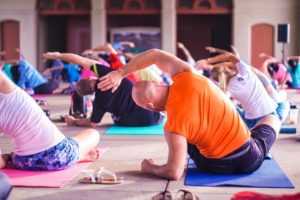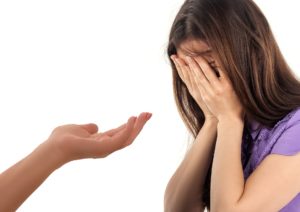Cupping Therapy
Are you looking for cupping therapy services to help you or your loved one manage a condition? OneRehab is the place to be. Contact us now.
Call us: 469-489-5217
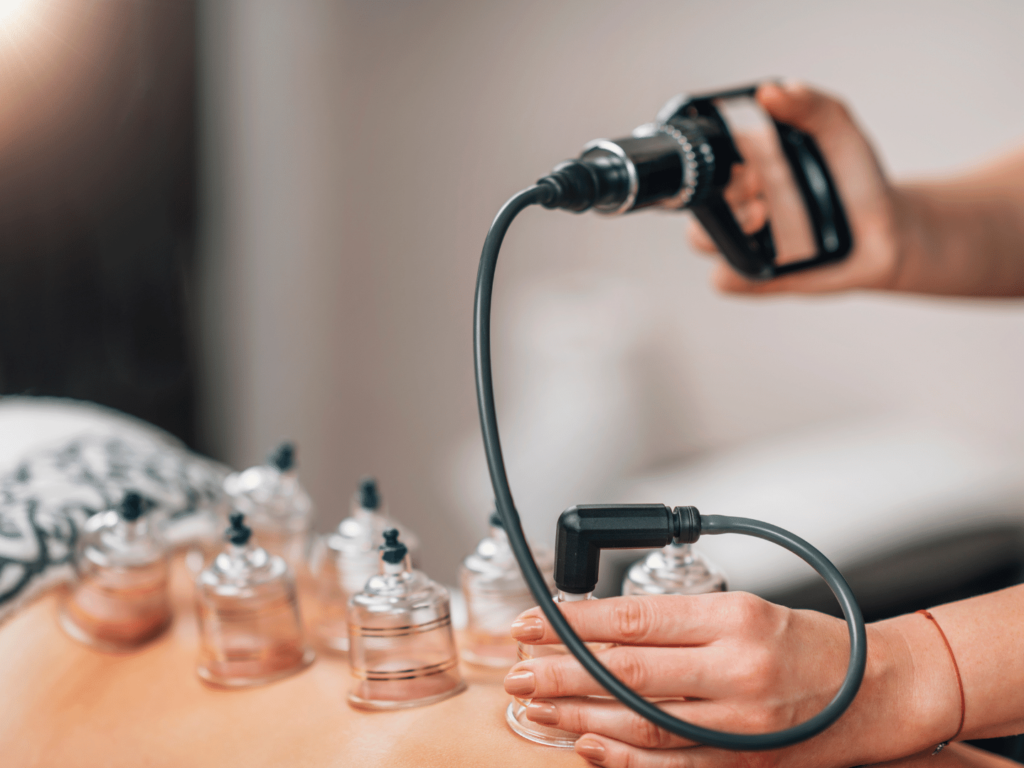
Cupping Therapy Overview
Cupping therapy may have picked up in recent years, but it is not a new technique. It is an ancient therapy that has been in existence for thousands of years. At OneRehab multispecialty center, we provide cupping therapy to relieve tension and promote muscle recovery.
The Greeks, Chinese, and Egyptians used cupping therapy over 3000 years ago. They believed cupping could suck out ill spirits or ‘humors’ from the body. Though the use of this technique has reduced dramatically over time, it is slowly re-emerging as a form of physical therapy. Cupping entails using cups on the skin, creating a suction that helps improve blood flow.
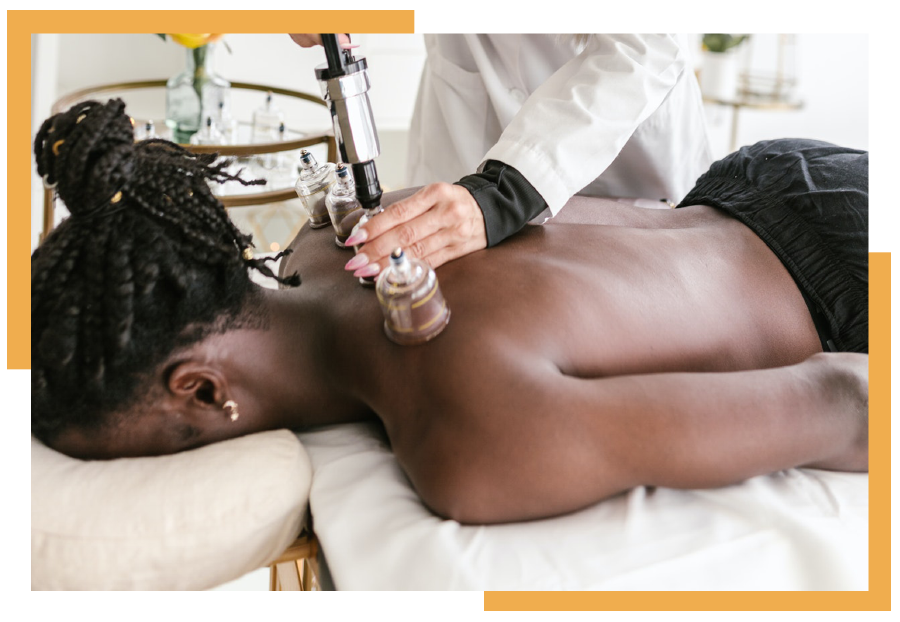
Cupping Therapy History
As stated earlier, cupping is an old form of treatment used to treat various illnesses. Historically, this form of treatment changed to resemble the geographical location in which it is practiced. Ancient people used localized materials such as bamboo, ceramic, metal, horn, or glass.
The first documentation of cupping is in Eber’s papyrus in North Africa in 1150 BCE. In Asia, cupping is documented in 281-342 CE during the Jin dynasty, where they refer to using animal horns to drain fluids from the body. In the Arabic and Islamic nations, Hijamas or cups are used, and Prophet Muhammed advocated their use.
Chinese cupping therapy follows holism, a Daoist model. Holism refers to the philosophy of viewing systems and their components as one. Daoists espouse that no single being or human can exist unless viewed in relation to nature. Beings are an extension of the universe, and natural phenomena impact their lives.
According to the models, the disease is caused by emotions, climate, or trauma leading to an imbalance in the body. Using the cupping method helps restore the balance lost and restores one’s health. Whatever your view of this method is, you will work with our skilled physical therapist to restore or improve your wellness when you visit our clinic.
Types of Cupping
In the past, animal horns were used to perform cupping, which later changed to bamboo cups and ceramic. The suction was made by heating the cups using fire and placing them on the skin. As they cooled down, they would draw the skin inside.
However, modern cupping has changed this practice, and it uses rounded glass cups open on one end. The most common cupping types are:
- Wet cupping: It uses suction and draws blood out of the skin through a few incisions.
- Dry cupping: Uses a suction-only technique. It is the most common method in the USA.
If you are looking for professional cupping therapy near me, we’ve got you covered. At OneRehab, we have the best physical therapists with years of experience in administering physical therapy. As a form of alternative medicine, physical therapists can use various cups when performing this procedure. These include:
- Horn
- Plastic
- Bamboo
- Glass
- Silicone
- Nabhi pump
- Ceramic
- Metal
Schedule an appointment today
OneRehab offers cupping therapy to help you improve your life and lead a more independent life.
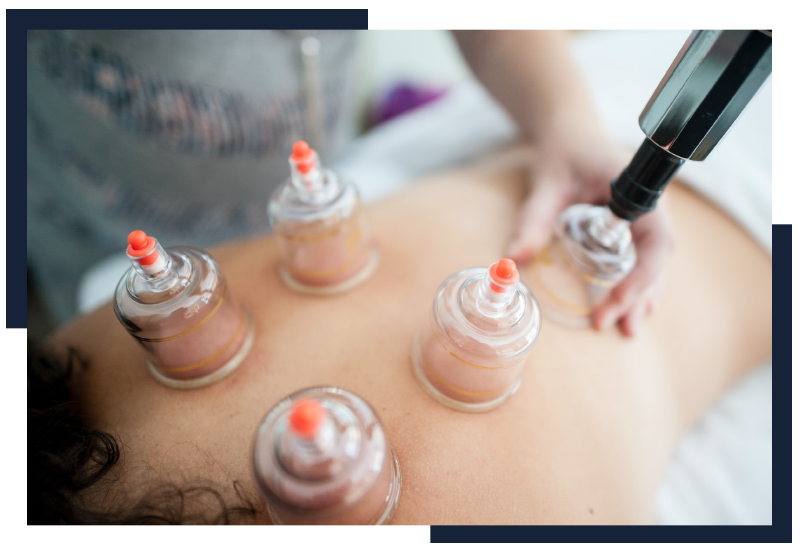
Benefits of Cupping Therapy
At OneRehab multispecialty clinic, we use cupping in physical therapy. The technique helps treat painful musculoskeletal issues. Other cupping therapy benefits include:
- Helps in pain and inflammation reduction
- Increases blood flow: The cup suction helps to increase blood circulation and promotes new cell formation.
- Rejuvenates the body organs
- Reduces stretch marks and scars: When the body disposes of toxins, has increased blood flow, and removes excess fluid, the appearance of scarring also reduces. One of the positive effects of cupping is reducing stretch marks or scars, even in areas far from the applied cups.
- Relaxes and offers deep tissue massage. When our physical therapists glide the cupping therapy set across your body, it engages the parasympathetic nervous system. As a result, you can enjoy deep relaxation.
- An inexpensive and non-invasive form of treatment
- Treats various conditions such as blood disorders, skin problems, migraines, varicose veins, rheumatic diseases, and gynecological disorders.
- Strengthens the immune system and increases the healing process.
- Encourages cells to release toxins. When the modern lifestyle overloads your body with toxins, cupping helps boost the body’s ability to eliminate toxins.
Our physical therapists use cross fiber, longitudinal or circular cupping techniques to improve recovery. The longitudinal approach entails gliding the suction cup along the muscle fibers. We can also use the cross fiber when you have scar tissue. The circular motion as the therapy comes to an end covers all the problematic areas.
Conditions That Require Cupping Therapy
With its increasing popularity, many people often ask which conditions cupping can treat. Many physicians use this method to treat various conditions. Notably, cupping helps relieve pains and muscle aches.
Applying the cups to major acupressure points effectively relieves skin issues, digestive complications, and other problems. You can benefit from cupping therapy if you have the following conditions.
- Facial paralysis
- Shingles
- Acne
- Lumbar disc herniation
- Dyspnea and coughs
- Cervical Spondylosis
- Arthritis
- Knee pain, back pain, neck pain, and shoulder pain.
- Asthma and other breathing problems.
- Carpal tunnel syndrome
- Headaches and migraines
- High blood pressure
How Does Cupping Work?
Though an ancient technique, cupping has been backed by science as an effective form of physical therapy. It is known to help eliminate chronic pain by relaxing the muscles, releasing trigger points, and improving lymphatic flow. When you create suction using negative pressure, you increase hydration and flow of blood to body tissues.
It also reduces adhesions, gets rid of connective tissues, and eliminates excess fluids. Modifying the cupping technique also allows the therapist to use it for deep tissue release or draining the lymphatic system. Our physical therapists are skillful in performing cupping therapy. We do not perform the therapy on skins with wounds, burns, or infections. Also, though one can get bruises on the skin after the treatment, they heal within a short time.
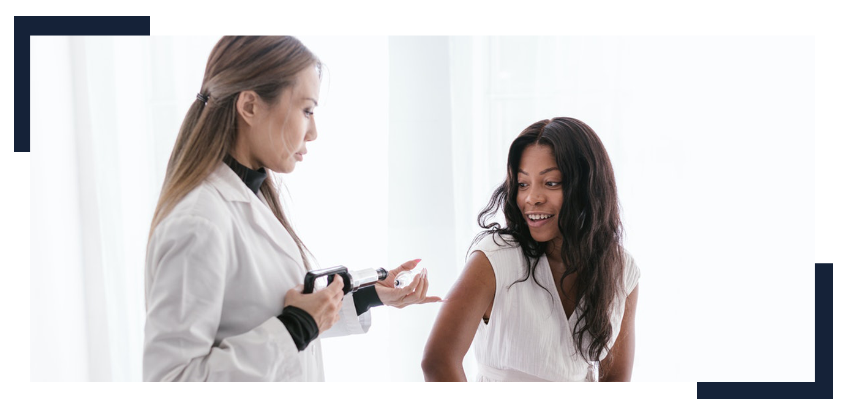
Preparing for Cupping Therapy
Once you have booked an appointment for a cupping therapy session, there are a few things that you need to do to prepare. They include:
- Hydrating: You need to take enough water before the treatment as cupping clears the lymphatic system. For it to effectively clear the cellular waste, you need to drink a lot of water.
- Eat: Before going for cupping physical therapy, you need to eat an hour before the appointment.
- Avoid Shaving: Avoid shaving the area a few hours before the appointment. It helps protect the skin from injury.
- Heal from a sunburn: Cupping makes the skin feel a bit warmer than normal. When you cup a sunburned area, it will be uncomfortable. If you have a sunburn, ensure that you wait until your skin heals before going for cupping therapy.
- Avoid exfoliating aggressively: When you remove dead skin, it makes you more sensitive. If you have gone through an aggressive exfoliation session, you need to wait a couple of days before going for cupping therapy.
Cupping Side Effects
Are you worried about the effects of cupping therapy gone wrong? Cupping a relatively low-risk therapy. However, patients do experience some side effects. These mostly occur during treatment or once it is completed. You can experience sweating, dizziness, or lightheadedness.
After the treatment, the areas where the cups were used can get irritation and often have circular patterns. Patients can get an infection after the treatment if the procedure is not done well. At OneRehab multispecialty clinic, we have well-trained physical therapists limiting that risk. Cupping therapy side effects include:
- Burns from heated cups
- muscle soreness and tension
- Fatigue
- Headache
- Nausea
- Skin infections, bruising, itching, and scarring
- Lasting skin discoloration
How Long Do Cupping Bruises Last?
After treatment, you normally have cupping therapy marks. These bruises can last for up to two weeks or a few days. However, after repeated cupping therapy, the bruising decreases, indicating a successful treatment protocol. If you want the marks to go away quickly, you should hydrate and have enough rest.
When to Avoid Cupping
Cupping therapy is highly beneficial to many people with various conditions. However, research on cupping therapy is still on-going on its effects on pregnancy. For this reason, pregnant people should not get this treatment. Additionally, people with the following conditions should avoid cupping.
- Hemophilia and other bleeding disorders
- Deep vein thrombosis and other blood clotting problems
- History of strokes
- Eczema, Psoriasis, and other severe skin conditions
- Seizures
What to Avoid After Cupping Therapy
When you go for cupping therapy, you need to avoid:
- Alcohol, sugary foods, caffeine, dairy, processed meats. These foods affect the body’s ability to process treatment.
- Saunas, strong air conditioning, and hot showers. Once you go for the treatment, your skin is more sensitive to temperature on the areas the cups were placed. Before exposing the skin to the temperature, give your skin time to recover.
- Intense exercise
- Wind and cold conditions
Book an Appointment
Apart from increasing blood flow, cupping therapy can help with respiratory, skin, and respiratory issues. It can help improve immunity as it increases the recovery speed from a flu infection.
If you want to know more about cupping therapy, please call us today. You will have an in-depth conversation with our second-to-none physical therapists guaranteed to address all your questions.

